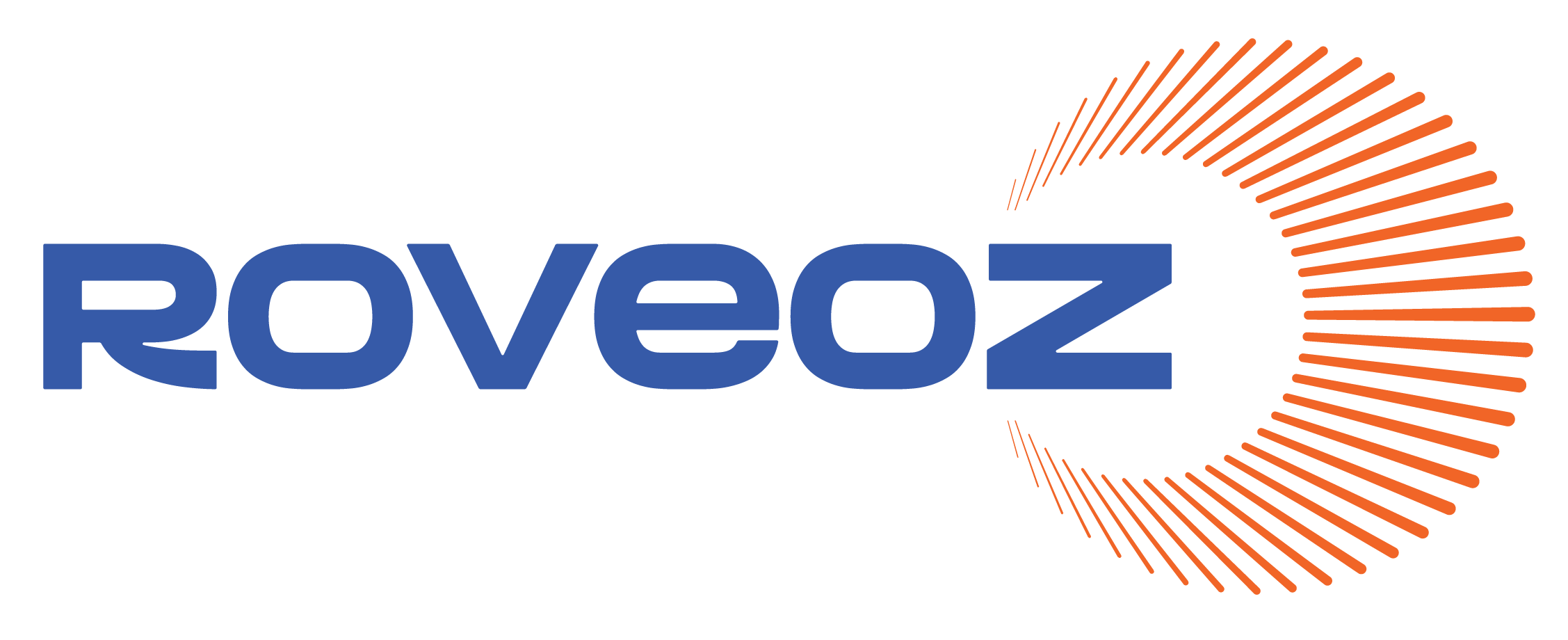
Green Energy and Smart Lighting: How Technology is Powering Sustainable Workspaces
As sustainability moves into the business sphere, companies are increasingly investing in green energy solutions and smart technologies to create eco-friendly workspaces. Lighting, a significant contributor to office energy consumption, has seen major advancements with smart, energy-efficient options that help reduce environmental impact while enhancing workplace efficiency.
The Role of Green Energy in Commercial Lighting
Incorporating green energy, such as solar or wind-powered lighting systems, allows companies to operate independently from traditional power sources, reducing both costs and reliance on fossil fuels. Solar energy, for example, powers outdoor lights or specific office areas, helping reduce peak energy loads. Additionally, many businesses are exploring renewable energy credits to offset their power usage, helping them achieve sustainability goals and attract eco-conscious clients.
Smart Lighting for Smarter Offices
Smart lighting systems provide an intelligent way to manage energy use in office environments. These systems can automatically adjust based on daylight availability, occupancy, and activity levels within each space. For example:
Daylight Harvesting: Sensors measure natural light levels and adjust indoor lighting accordingly, reducing unnecessary electricity usage.
Occupancy Sensors: Lights automatically turn on and off based on room usage, making energy savings easy in high-traffic areas such as meeting rooms and hallways.
By incorporating these smart features, businesses can significantly lower their energy bills while enhancing employee comfort and productivity. Smart lighting also allows for personalization, enabling employees to adjust lighting to their preference, which has been shown to improve mood and focus.
The Benefits of Sustainable Lighting in Workspaces
The advantages of sustainable, smart lighting in the workplace extend beyond reduced energy consumption. They include:
Cost Savings: By minimizing wasted energy, companies can allocate their budget to other sustainable initiatives.
Environmental Impact: Sustainable lighting solutions align with corporate social responsibility (CSR) efforts, making companies more attractive to eco-conscious clients and investors.
Enhanced Productivity: Studies suggest that natural light and smart lighting adjustments can improve employee well-being, boosting overall productivity and job satisfaction.
Making the Transition to Sustainable Lighting
For businesses considering the shift to sustainable lighting, here are some steps to start with:
Begin with high-use areas like meeting rooms and common spaces.
Install motion sensors in areas with intermittent use.
Evaluate lighting needs based on peak and off-peak hours to customize energy usage.
As companies move toward eco-friendly solutions, sustainable lighting has emerged as a pivotal area for improvement. With smart lighting and renewable energy options, businesses can reduce their environmental impact, save on costs, and enhance workplace ambiance. Roveoz’s commitment to innovation in sustainable lighting helps businesses create efficient, eco-conscious environments that are ready for the future.




